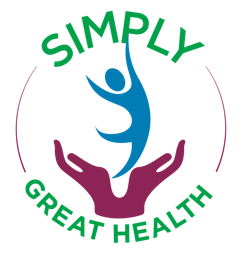
Bee Happy
There are literally thousands of species of bees in our world, but one we all know so well is the western honey bee (Apis mellifera).
These wonderful little insects do so much for us, in fact we would be in serious trouble without them and their insect friends. Did you know that bees are responsible for pollinating around 80% of the food crops we eat. Some crops do depend on the wind and animals for successful pollination, but many others such as apple, peach and cherry trees, cucumbers, tomatoes, beans to name a few all rely on bees to help with pollination. What is even more special and unique about the humble bee is it is the only insect that produces food for us! That being the delicious honey we like to sweeten foods with or put on toast. Manuka honey can be particularly helpful when feeling under the weather with the sniffles. Due to the high phenolic and methylglyoxal content of manuka honey it has useful antibiotic properties that may assist with wound healing.
Unfortunately in recent years we have seen a decline in the honey bee population, possibly due to varroa mites, the use of pesticides and herbicides, some of these being toxic to not only bees, but other beneficial insects and even birds. We also need to consider loss of habitat. As our cities and roading networks grow these often encroach on the natural habitat and food sources of the honey bee. However not all is lost!
Bees need a few things to survive, these being pollen, nectar and water and of course a home. Pollen produced on the anthers of flowers is the bees main source of protein, nectar provides energy for the bee and is a source of carbohydrate.
Gardeners To The Rescue
Spring is in the air, a time of renewal and planting. Perhaps a time to think about the honey bee. As well as planting bright flowers that cheer us up and make our garden’s look great we can also think about planting some flowering herbs that attract honey bees. It seems that bees are most attracted to blue, blue violet, white, and yellow flowers. Good idea to keep this in mind when planting our bee friendly gardens.
Some plants to consider
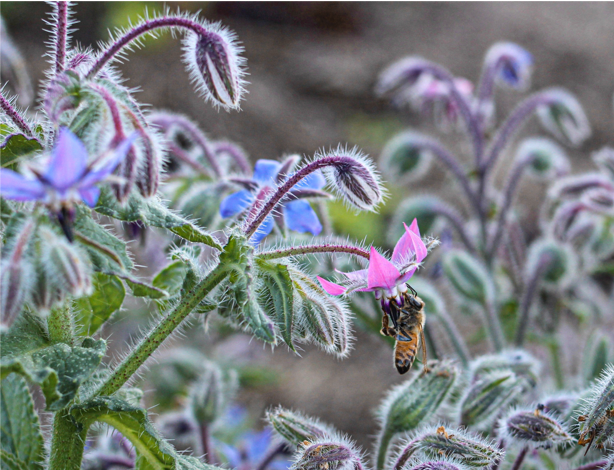
Borage (Borango officinalis) – a sturdy annual with bright blue star shaped flowers, bees are crazy for these.
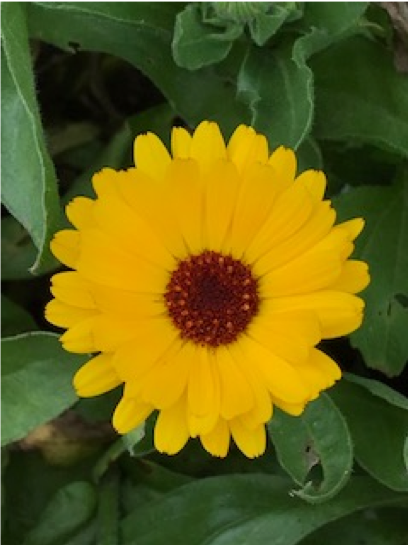
Callendula (Calendula officinalis) – such a cheerful plant to have in your bee garden, full of pollen with the flower head making a nice flat landing pad for the bee. A popular plant with herbalists, topical use of the tincture and oil handy for supporting healthy skin.
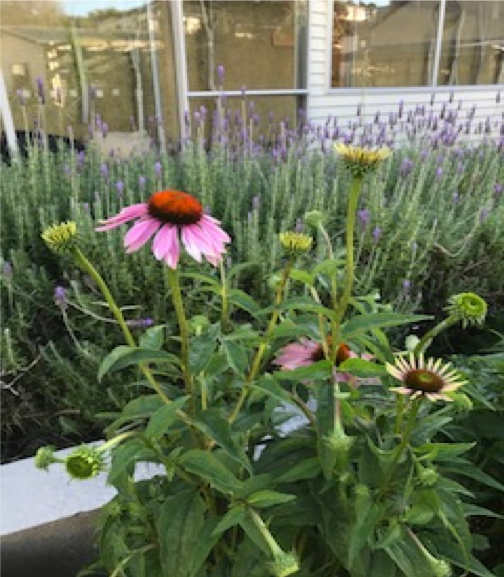
Echinacea (Echinacea purpurea) – also known as coneflower and very popular with the bees. Also very popular with many herbalists. Have you tried that fabulous tongue tingling tincture? great for supporting a healthy, balanced immune system.
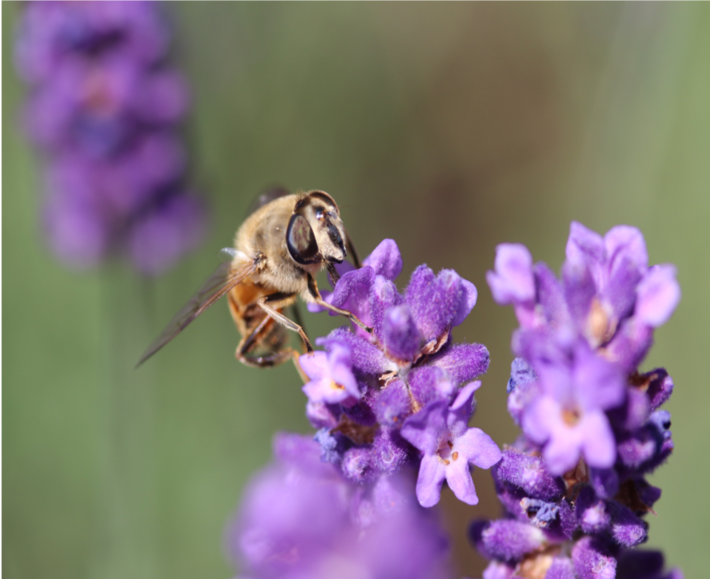
Lavender (Lavandula angustifolia) – not only a firm favourite of the bees but of me too. When feeling a little stressed just gently rub your hands across the leaves, cup hands up at your nose and breath in the relaxing aroma.
Don’t forget “so called” weeds such as dandelions, great for us, can be added to salads full of nutrients and supportive of a healthy liver but also a firm favourite of the bee. So come on let’s do our best to support the bees as they so cleverly support us.

